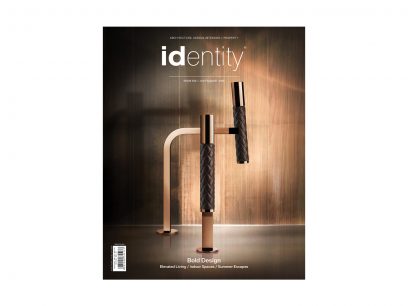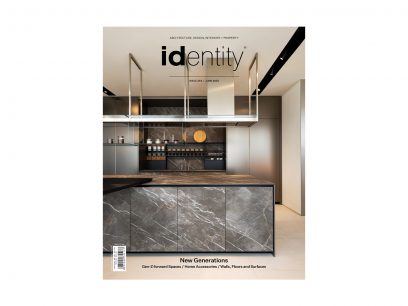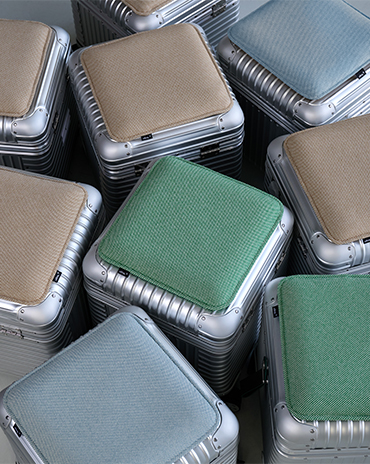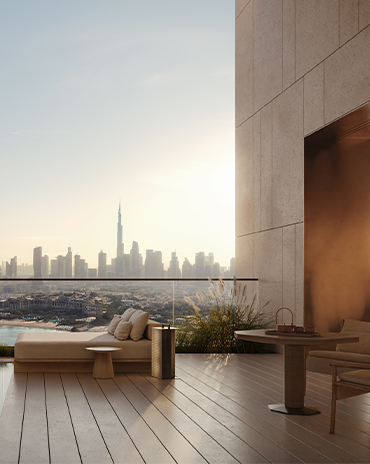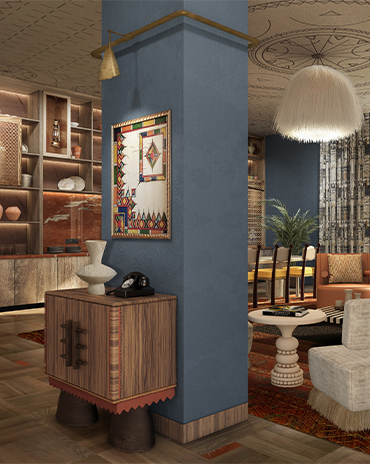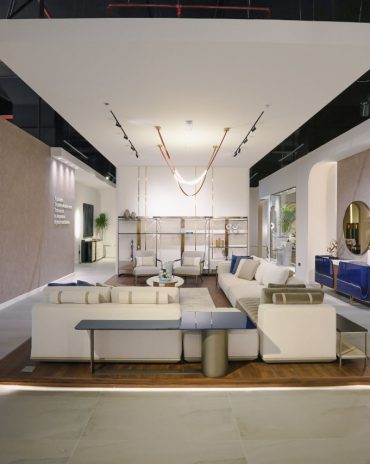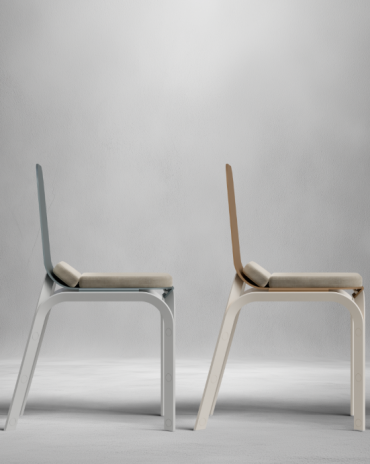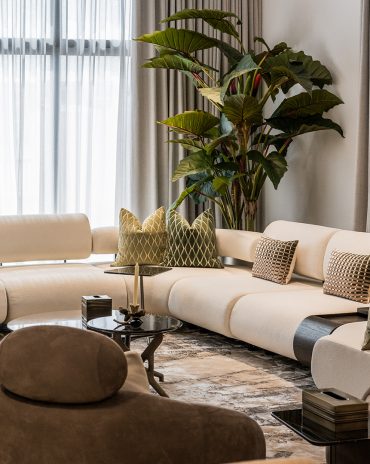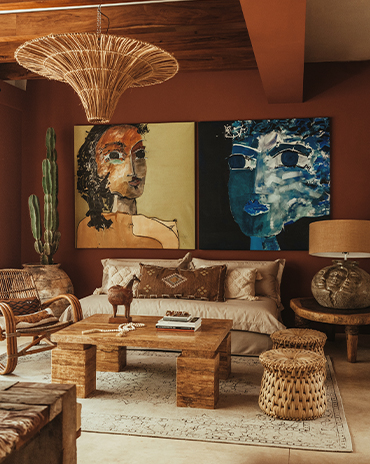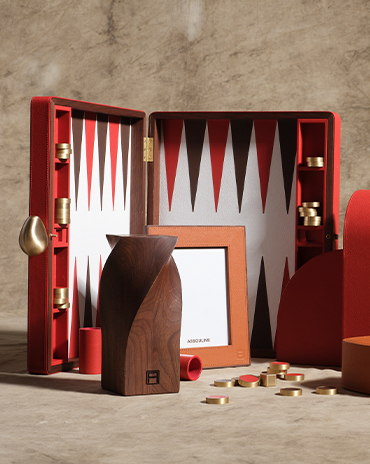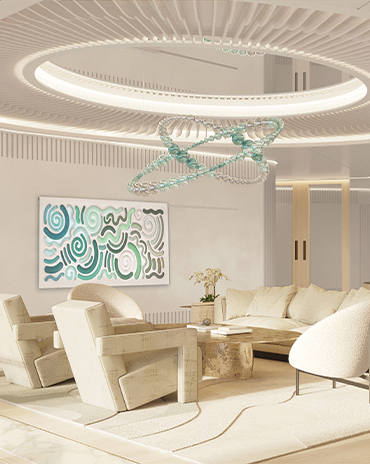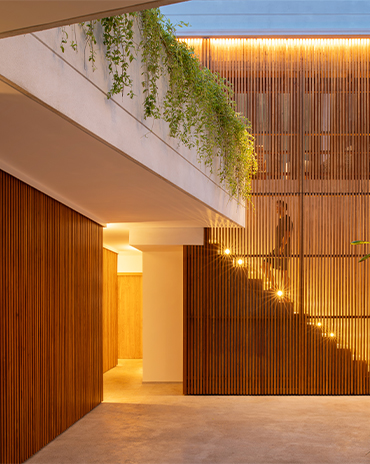Copyright © 2025 Motivate Media Group. All rights reserved.
Rebuilding Beirut: ‘We should think of reconstruction methods that rely on local know-how’ says Bernard Khoury
Beirut-based architects and designers share stories from the day of the Beirut blast
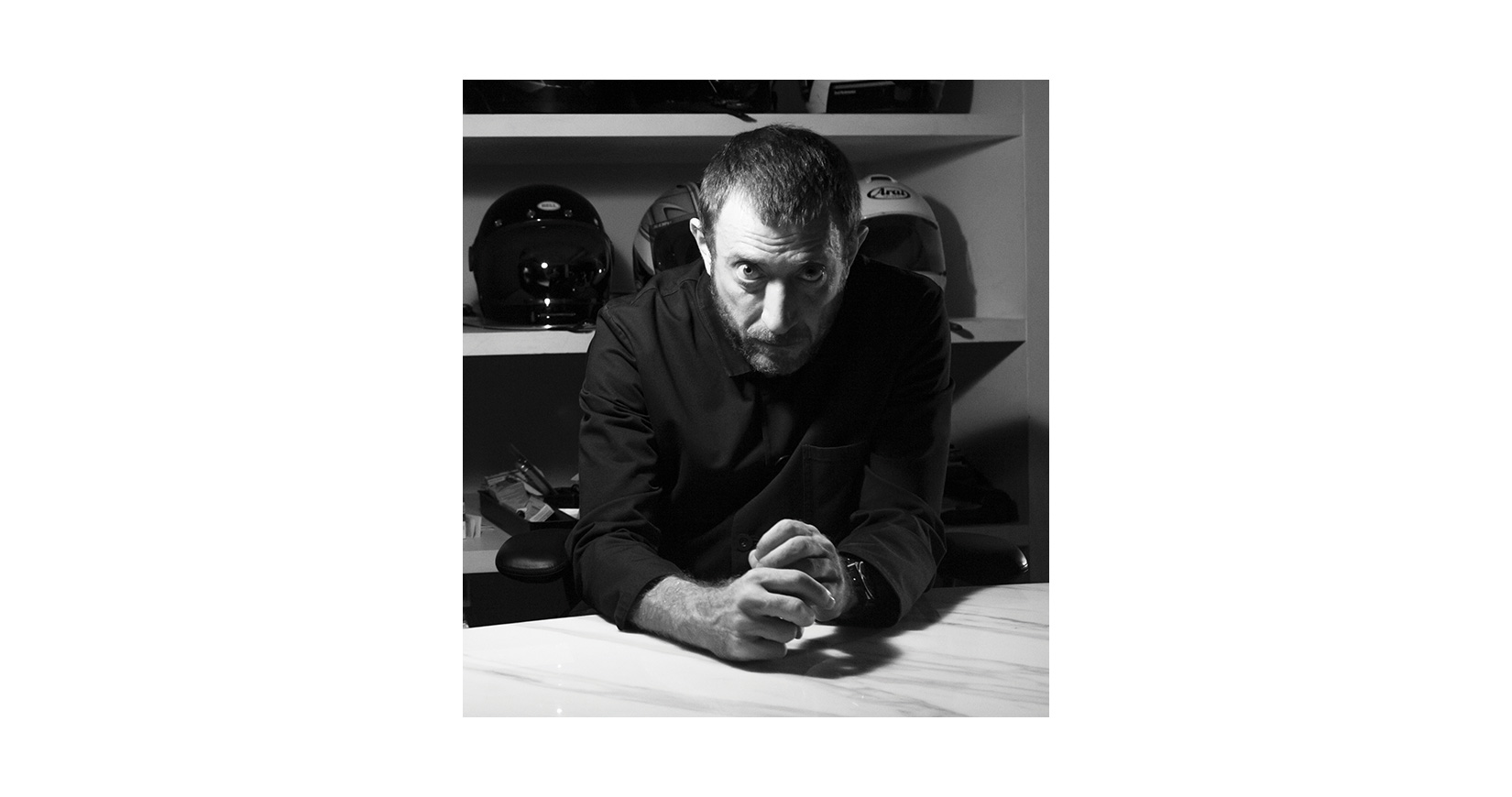
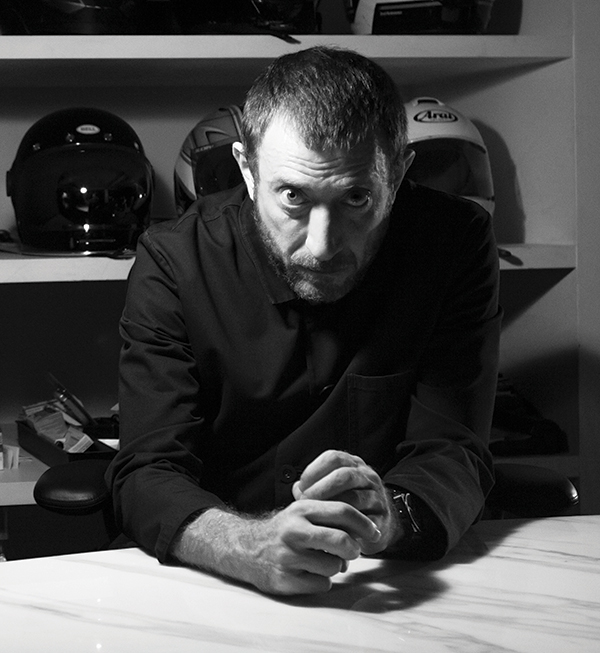 Can you describe your experience in the moment of the blast on August 4? Bernard Khoury: I was trying to open a large window. The lock was jammed. The blast blew the window open. All doors, windows and frames flew out of place. Our office is located in the quarantine sector, in the vicinity of the port. It was heavily damaged. There were about 15 of us in the office, but our injuries were not too serious: bad cuts resulting in stitches. We’re all fine, and the office is being rehabilitated. Good soldiers get back on their feet instantaneously.
Can you describe your experience in the moment of the blast on August 4? Bernard Khoury: I was trying to open a large window. The lock was jammed. The blast blew the window open. All doors, windows and frames flew out of place. Our office is located in the quarantine sector, in the vicinity of the port. It was heavily damaged. There were about 15 of us in the office, but our injuries were not too serious: bad cuts resulting in stitches. We’re all fine, and the office is being rehabilitated. Good soldiers get back on their feet instantaneously.
How are you currently feeling after the incident? Invincible but somehow tired.
Did your projects suffer any damages? Many of our buildings got damaged; some much more than others. Buildings can also heal, but the scars should remain visible.
The level of community and solidarity between the Lebanese community has been such an inspiration to everyone. Do you have hope that you will be able to rebuild the city? Our city is in constant convalescence. It has been the case for the past few decades. Since my return to the so-called ‘post-war Beirut’, I have worked on a number of delicate and complex situations. In the absence of a serious and collective approach to reconstruction, we have – and will – deal with each specific situation by bringing forward meaningful strategies for each and every condition.
How do you think the design and architecture community in Lebanon and outside can come together to rebuild the studios, homes and heritage buildings? What is more important than architecture is what precedes the architectural act. So far, we have seen heroic initiatives from the civil society. The bankrupt and corrupt state institutions have, once again, failed to perform the most basic tasks and responsibilities that were supposedly given to them.
“We should think of rehabilitation and reconstruction methods that rely on local know-how rather than blindly adopting international standards of the construction industry.”
What are some of the main challenges in rebuilding the city? The most obvious challenge is financial. This city is in desperate need of funds. These will hopefully be given to non-governmental organisations that will channel them directly and in the most effective ways, where needed. On a more architectural and technical level, we should think of rehabilitation and reconstruction methods that rely on local know-how rather than blindly adopting international standards of the construction industry, including the sky-rocketing costs of imports and all materials that rely on foreign currencies. We should revive and reconnect with local artisans and take this opportunity to celebrate their know-how. This is not just a pragmatic and economical posture. It is a form of resistance; it is also a political act.
Are you able to comprehend what the future in Beirut may look like and what is everyone’s responsibility in this? I am much more worried about the present. Give the present the seriousness it deserves, and the future will take care of itself.
The Latest
Designing Movement
RIMOWA’s signature grooved aluminium meets Vitra’s refined design sensibilities
A Sense of Sanctuary
We interview Tanuj Goenka, Director of Kerry Hill Architects (KHA) on the development of the latest Aman Residences in Dubai
Elevated Design
In the heart of Saudi Arabia’s Aseer region, DLR Group has redefined hospitality through bold architecture, regional resonance and a contemporary lens on culture at Hilton The Point
Turkish furniture house BYKEPI opens its first flagship in Dubai
Located in the Art of Living, the new BYKEPI store adds to the brand's international expansion.
Yla launches Audace – where metal transforms into sculptural elegance
The UAE-based luxury furniture atelier reimagines the role of metal in interior design through its inaugural collection.
Step inside Al Huzaifa Design Studio’s latest project
The studio has announced the completion of a bespoke holiday villa project in Fujairah.
Soulful Sanctuary
We take you inside a British design duo’s Tulum vacation home
A Sculptural Ode to the Sea
Designed by Killa Design, this bold architectural statement captures the spirit of superyachts and sustainability, and the evolution of Dubai’s coastline
Elevate Your Reading Space
Assouline’s new objects and home fragrances collection are an ideal complement to your reading rituals
All Aboard
What it will be like aboard the world’s largest residential yacht, the ULYSSIA?
Inside The Charleston
A tribute to Galle Fort’s complex heritage, The Charleston blends Art Deco elegance with Sri Lankan artistry and Bawa-infused modernism
Design Take: Buddha Bar
We unveil the story behind the iconic design of the much-loved Buddha Bar in Grosvenor House.


